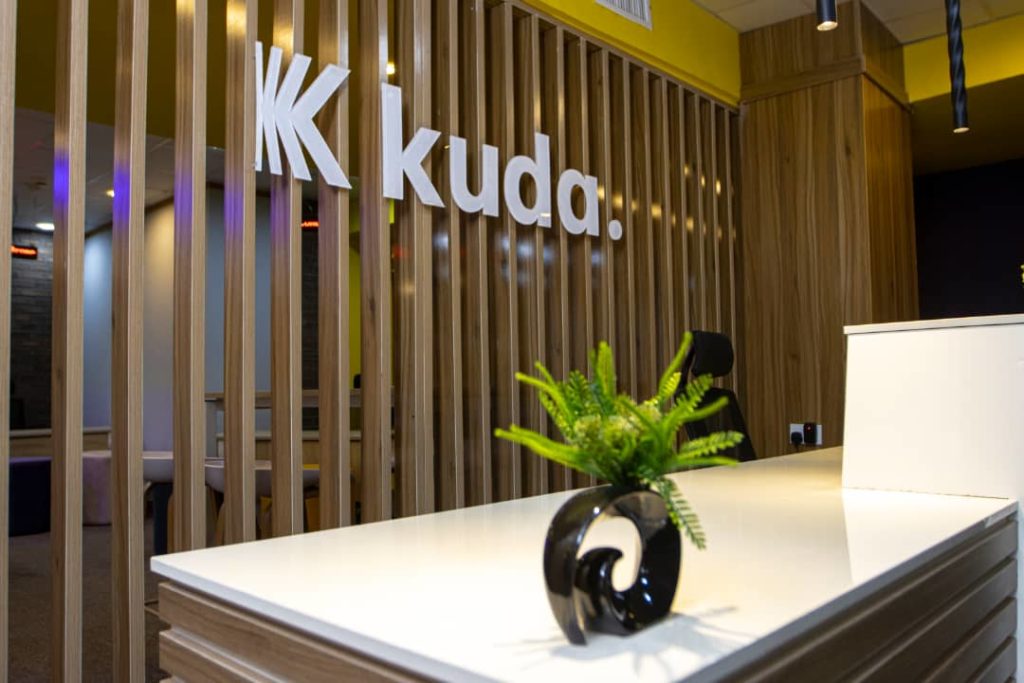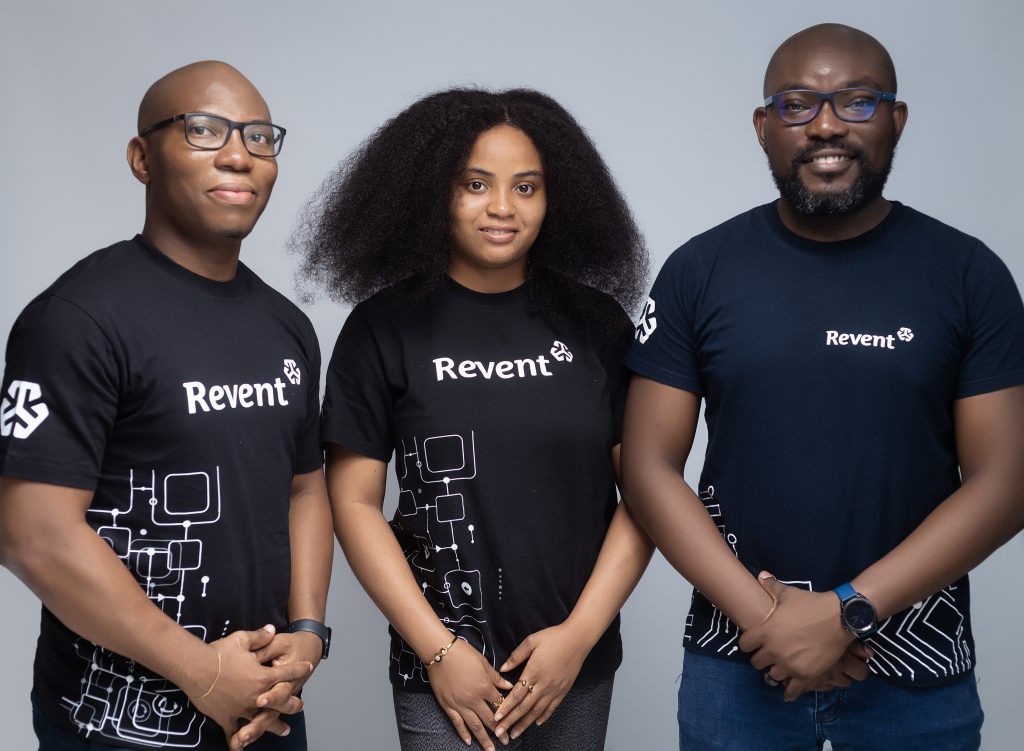When I was a teenager, MySpace was the determinant of ‘cool’. MySpace, Nike knapsacks and Teva sandals. And yes, hi5. But as an uncool kid, I never had any of those things. A couple of years later, Facebook became the “in” thing. I still didn’t catch on till late 2010. And by that time, MySpace’s popularity had faded. Surprisingly, I didn’t bother to find out what happened until a few months ago.
MySpace at its peak in December 2008 had 75.9 million active users in the U.S. Yet, MySpace’s trajectory went from number one social media website to obscurity in a couple of months. Facebook on the other hand, has been able to maintain steady user base growth for eleven years. Facebook now has a user base of more than 1.55 billion people, with about 255 million in the U.S. alone. So, what is the Facebook team doing differently?
Facebook perfected the social networking concept
In an interview with Business Insider, former CEO of MySpace, Mike Jones, explained why Facebook was able to knock MySpace off its perch. “The real problem was that the world had been trained by MySpace that social networking was interesting, but the actual product had been perfected by Facebook,” he said.
At the time MySpace started, the idea of exposing your real name, identity and photos to strangers online was not considered safe. It wasn’t a normal thing to do at the time. So, MySpace users were encouraged to keep their real identity hidden, making real connection difficult. But Facebook introduced the concept of sharing personal details online (which some have tagged ‘over-sharing’) and made it ‘normal’.
Facebook embraced simplicity
It wasn’t until recently that Facebook started becoming complex, with all sorts of new features. But its user interface remains as simple as always. Also, the idea behind Facebook was simple enough for people who were not so familiar with social networking. Facebook’s idea was to reconnect you with old friends and acquaintances. Simple enough, yeah?
But MySpace drove itself off the road with the introduction of complicated designs and introduction of some questionable features. The user interface became clunky and congested.
Advertising
MySpace was never able to get a grip on using user data to its advantage. MySpace and other social networks at the time were struggling with just 4 clicks in 10,000 for their ads. MySpace was able to generate $470 million from advertising at its peak in 2009, a number that fell to $184 million in 2011. Compare that with Facebook’s $2.9 billion revenue in 2014 (60% of which was from mobile advertising).
What Facebook did (and is still doing) is to use people’s personal information better than MySpace did. Facebook ads gives brands the ability to reach their target audience. Also, the interface of the ads is much better than the animated banner ads on MySpace.
Leadership and Direction
This is what Adam Hartung had to say about why Facebook beat MySpace:
“News Corp tried to guide MySpace, to add planning, and to use “professional management” to determine the business’s future. That was fatally flawed when competing with Facebook which was managed in White Space, letting the marketplace decide where the business should go.”
White space, as explained by Mark Maletz and Nitin Nohria in a 2001 Harvard Business Review article, refers to an area in a company “where rules are vague, authority is fuzzy, budgets are nonexistent, and strategy is unclear.” This white space, when managed well, allows companies become adept at creating new business models and target new customers aptly.
Facebook’s leadership understood the importance of letting the users play their part in determining the direction of the company. News Corp, on the other hand, tried to force MySpace and the users in the direction they thought was best. That didn’t turn out well now, did it?
Photo Credit: mkhmarketing via Compfight cc
Photo Credit: bruthanick via Compfight cc











